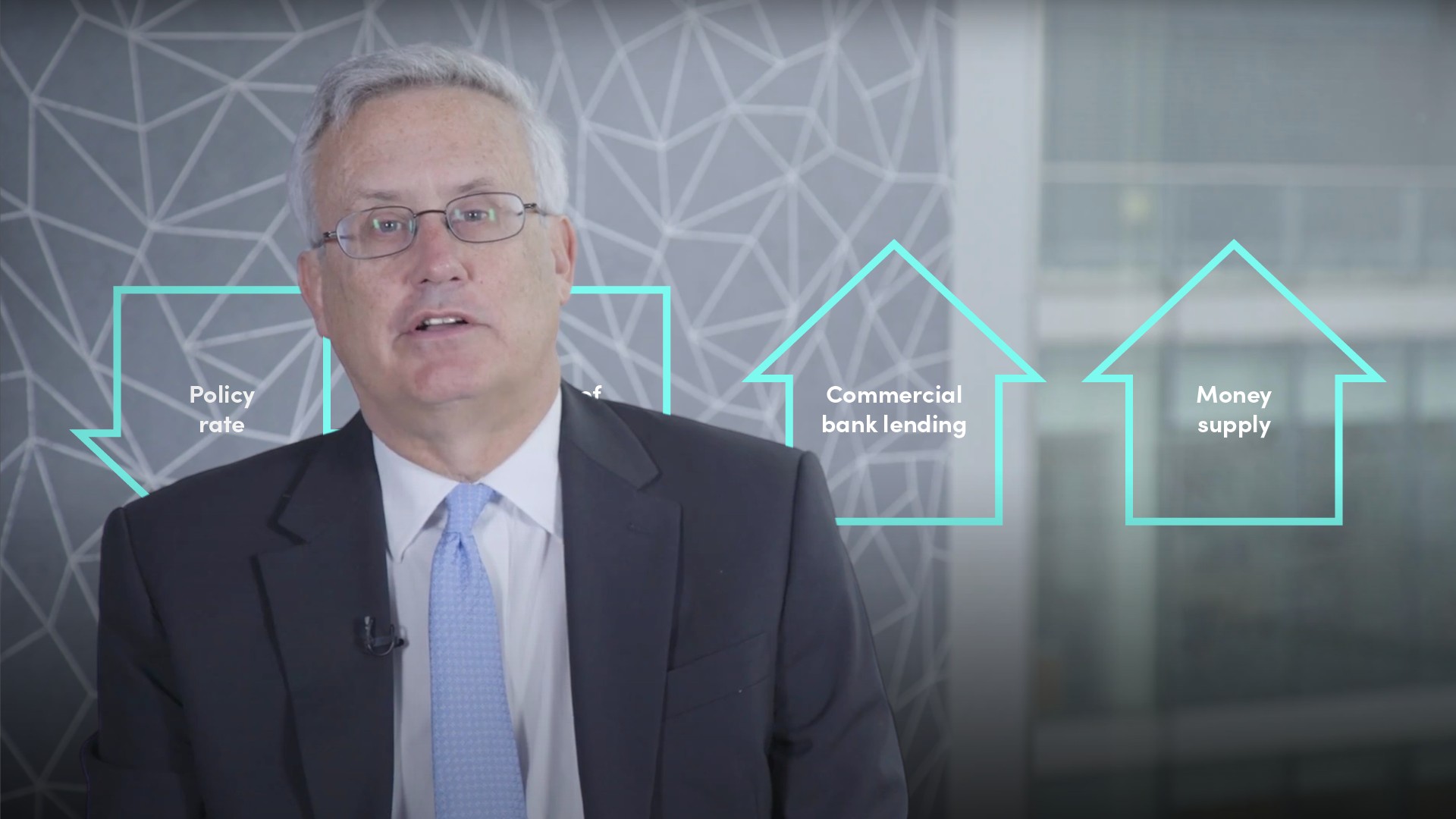
Introduction to LIBOR

Peter Eisenhardt
30 years: Capital markets & investment banking
Peter provides an overview of floating rates and explains why LIBOR specifically is such an important tool.
Peter provides an overview of floating rates and explains why LIBOR specifically is such an important tool.
Subscribe to watch
Access this and all of the content on our platform by signing up for a 7-day free trial.

Introduction to LIBOR
6 mins 36 secs
Key learning objectives:
Explain the origins of LIBOR and how it is calculated
Understand what happened to destabilise LIBOR during the global financial crisis
Overview:
LIBOR was conceived in a world where the market’s current complexity was not anticipated and when monetary policy setters were not as independent or predictable as they are today. LIBOR had been an effective transmission mechanism for policy rates into the real economy, but during the global financial crisis of 2008 as banking went into a crisis, the bases underpinning LIBOR fell apart.
Subscribe to watch
Access this and all of the content on our platform by signing up for a 7-day free trial.
Subscribe to watch
Access this and all of the content on our platform by signing up for a 7-day free trial.

Peter Eisenhardt
There are no available Videos from "Peter Eisenhardt"



























